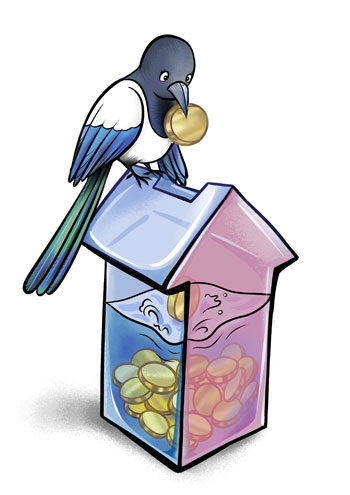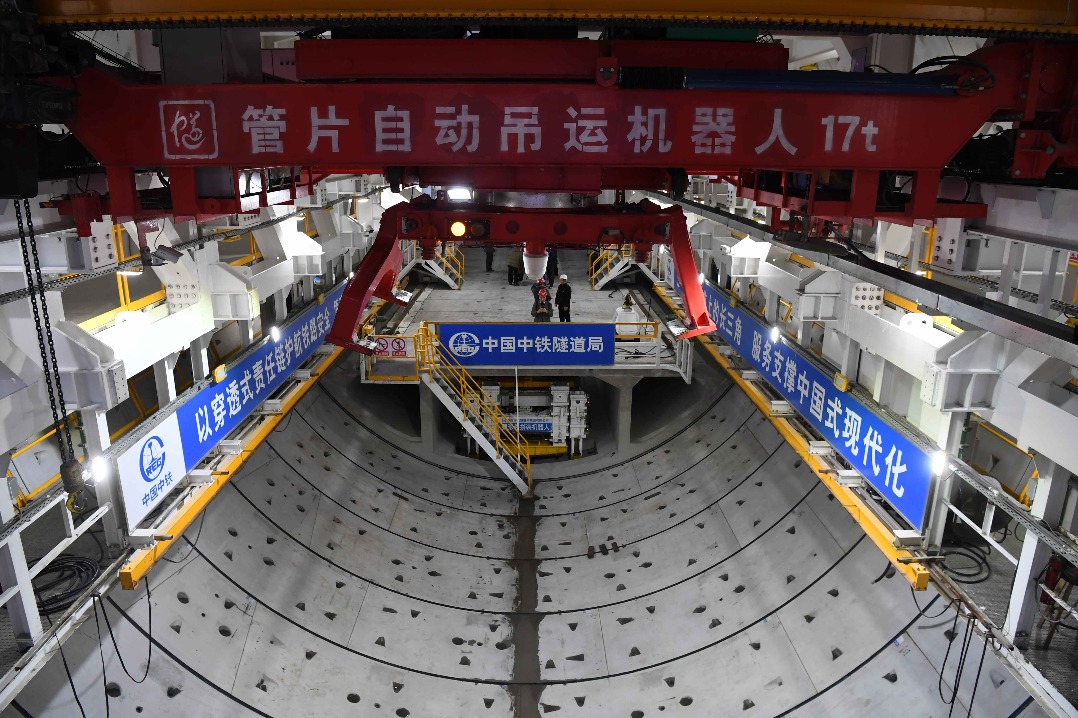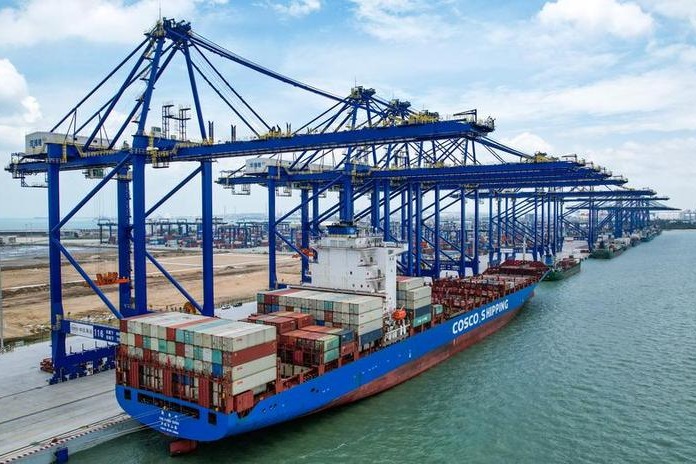Growth likely to recover by end of this year


The 6.3 percent GDP growth in the first half of the year is in line with expectations, and although the growth slowed to 6.2 percent in the second quarter, the slowdown is likely to bottom out in the fourth quarter.
Since the beginning of this year, the producer price index, which reflects the price changes in the production field, has remained low falling to zero by June due to declining international oil prices and weak internal and external demands. At the moment, the Chinese economy is on the edge of deflation and growth is likely to further slow down in the second half of the year.
But the month-on-month GDP growth has increased from 1.4 percent in the first quarter to 1.6 percent in the second, and macroeconomic data in June have improved beyond expectations. Which indicate the economy has sufficient resilience, and economic growth will recover by the end of the year or early next year.
The external pressure on China's economy has gradually increased because of the global economic slowdown and Sino-US trade frictions. Since the beginning of the year, both imports and exports have been facing downturn pressure. The declining purchasing managers' index in major economies means external demand has weakened, and the fluctuating Sino-US trade frictions has resulted in increasing uncertainties.
The second quarter also saw a decline in the import and export growth rates, as well as in trade surplus growth.
China's trade with the United States has been seriously affected by the Sino-US trade disputes, and the year-on-year growth rates of China's imports from and exports to the US have shown negative growth. And since Sino-US trade negotiations are a long-term and complicated process, the negative impact of the US' additional tariffs on Chinese goods will gradually become evident in the latter half of the year.
On the domestic front, investment performance is flat, consumption doesn't appear sufficiently sustainable and internal demand is not as strong as it should be.
First, the strict real estate control policy has restricted investment in the property sector. The average growth rate of investment in China's real estate sector in the first half was 10.9 percent, 0.3 percentage points lower than that in the January-to-May period.
Second, capital investment is sluggish, because of the central government's restrictions on the issuance of local government bonds to preempt financial risks. But with private investment bottoming out recently, the accumulative growth rate of private investment in the first half increased to 5.7 percent, 0.4 percentage points higher than that in the five months from January to May.
Consumption is still the largest contributor to GDP growth. The nominal year-on-year growth of total retail sales of consumer goods was 8.4 percent in the first half. In particular, it grew 9.8 percent year-on-year in June, because of the drastic increase in the sales of State-V model vehicles before the State-VI standard took effect on July 1. But such a strong growth is unsustainable and may overdraw consumption in the next stage.
In summary, although the Chinese economy still faces downturn pressure, the positive data in July show the economic slowdown is gradually bottoming out. And the growth rate is expected to improve in the second half.
Since fiscal policy is the major driver of the economy, the authorities should consider carrying out counter-cyclical adjustments of the fiscal policy through issuance of local government bonds or special bonds. Local government special bonds nationwide have a 1.2 trillion yuan ($174.41 billion) quota, which indicates there is still some room for expanding capital investment. In addition, monetary policy could also moderately help counter-cyclical adjustment to provide targeted liquidity support.
Given that Sino-US relations are likely to improve in the near future, the market is expected to stabilize and economic growth to improve. Therefore, China's economy will likely bottom out by the end of this year despite the headwinds in the third quarter.
The author is a teacher at Guanghua School of Management, Peking University, and chief economist at Founder Securities.
The views don't necessarily reflect those of China Daily.

































